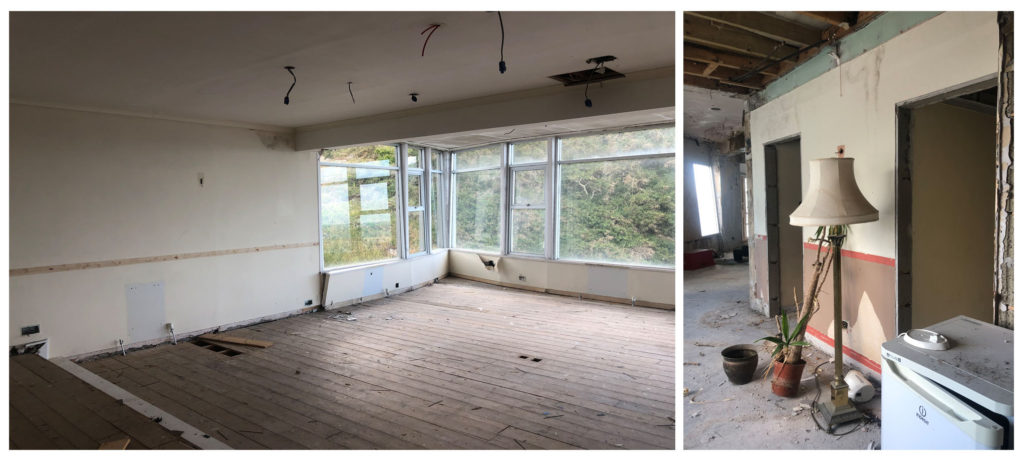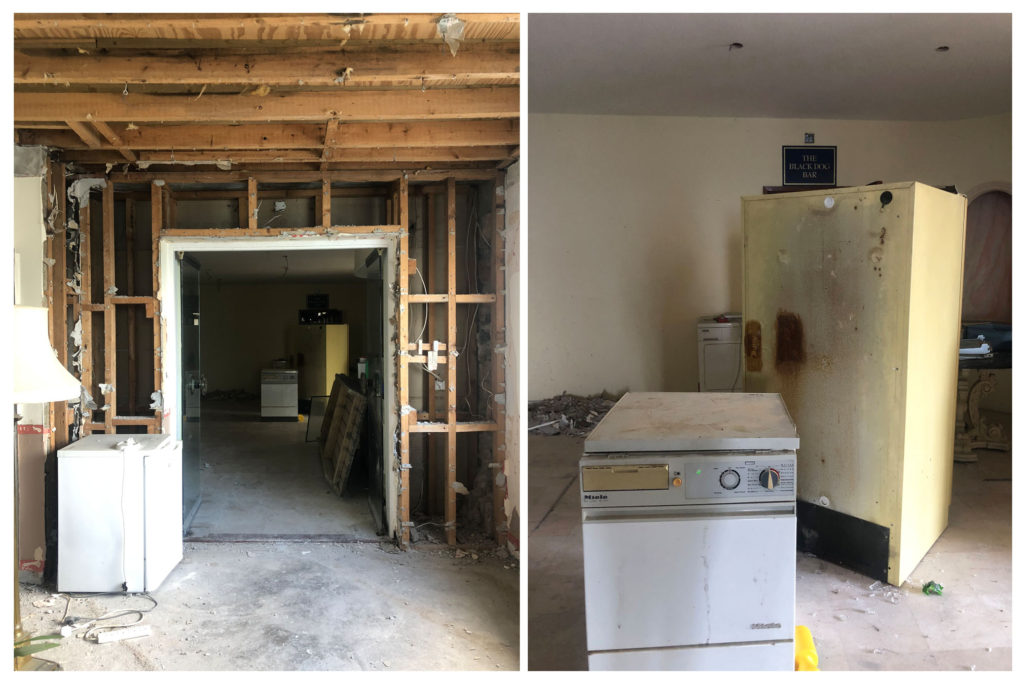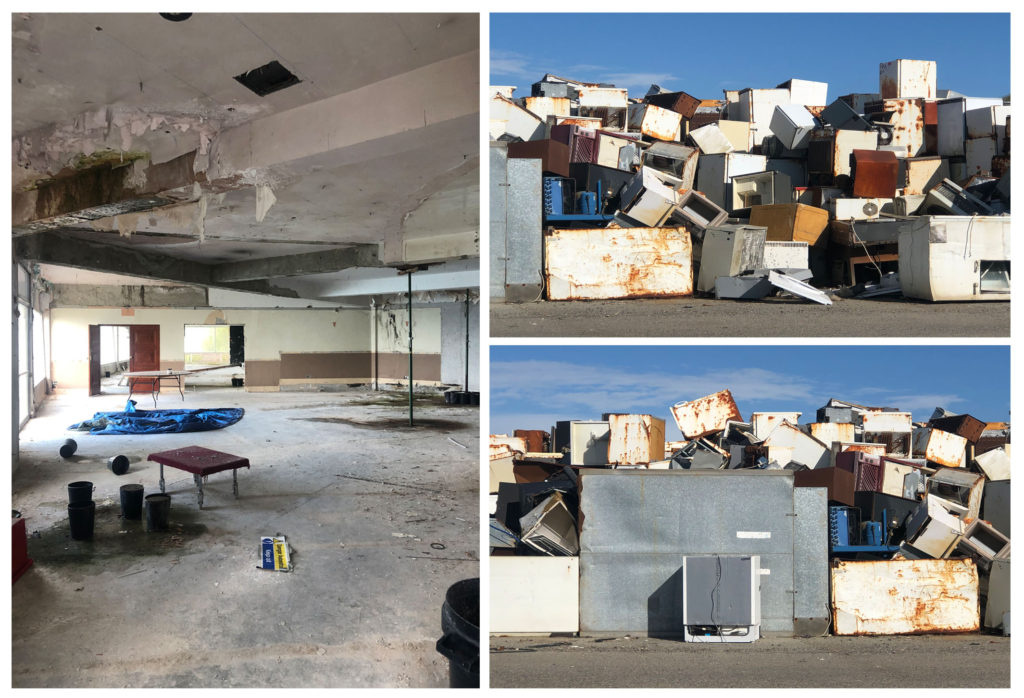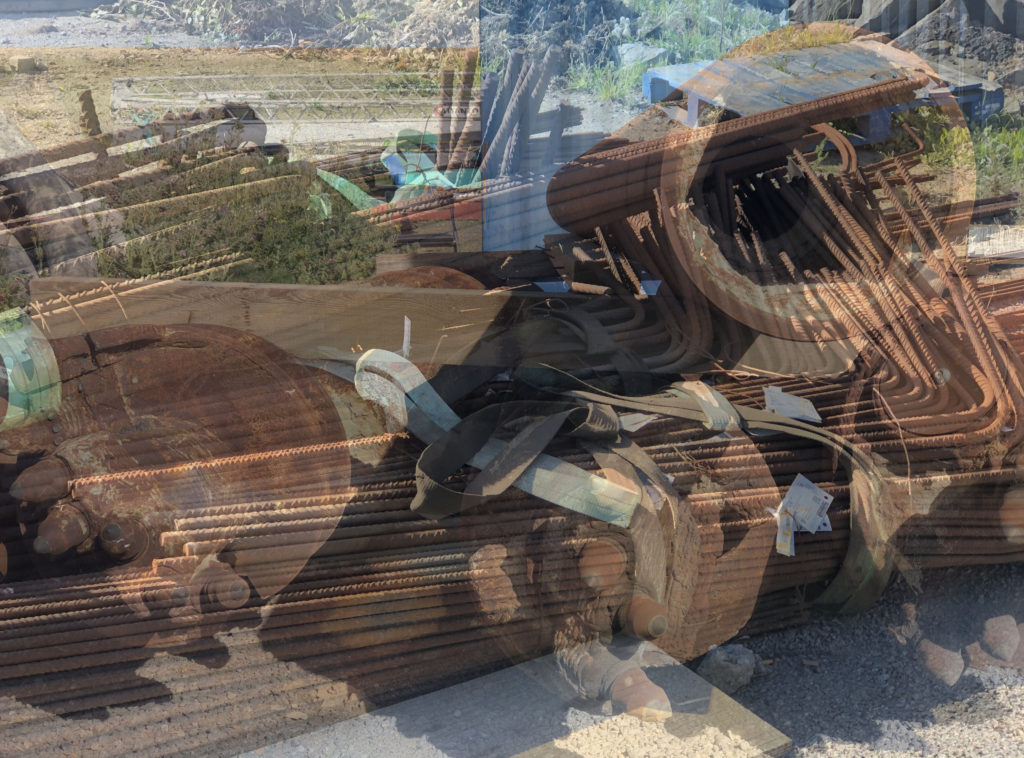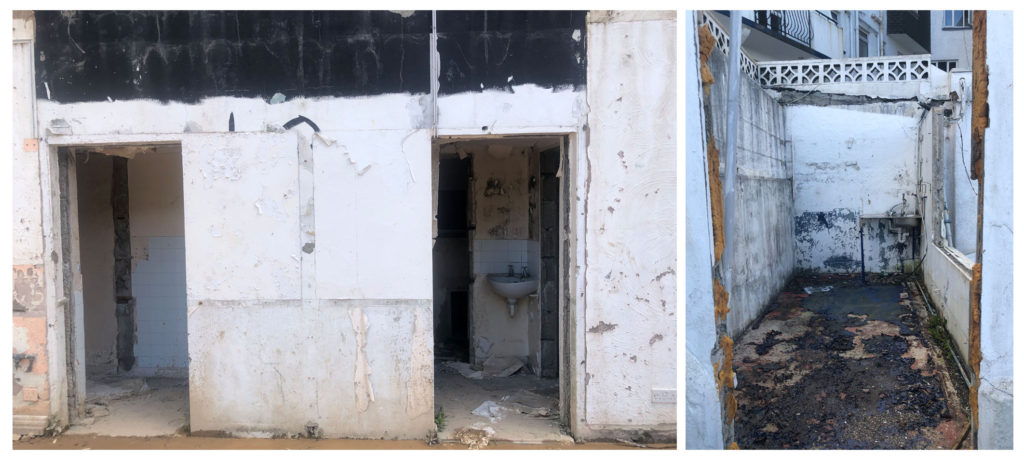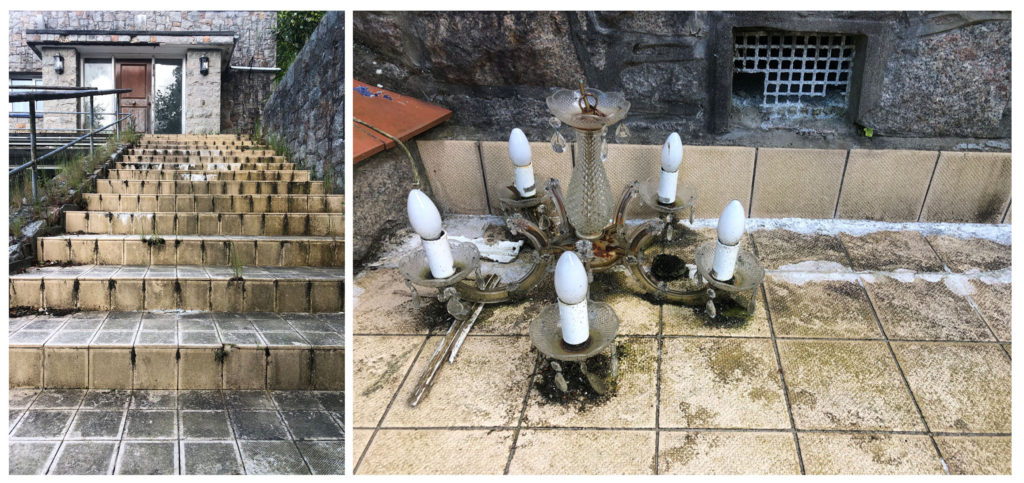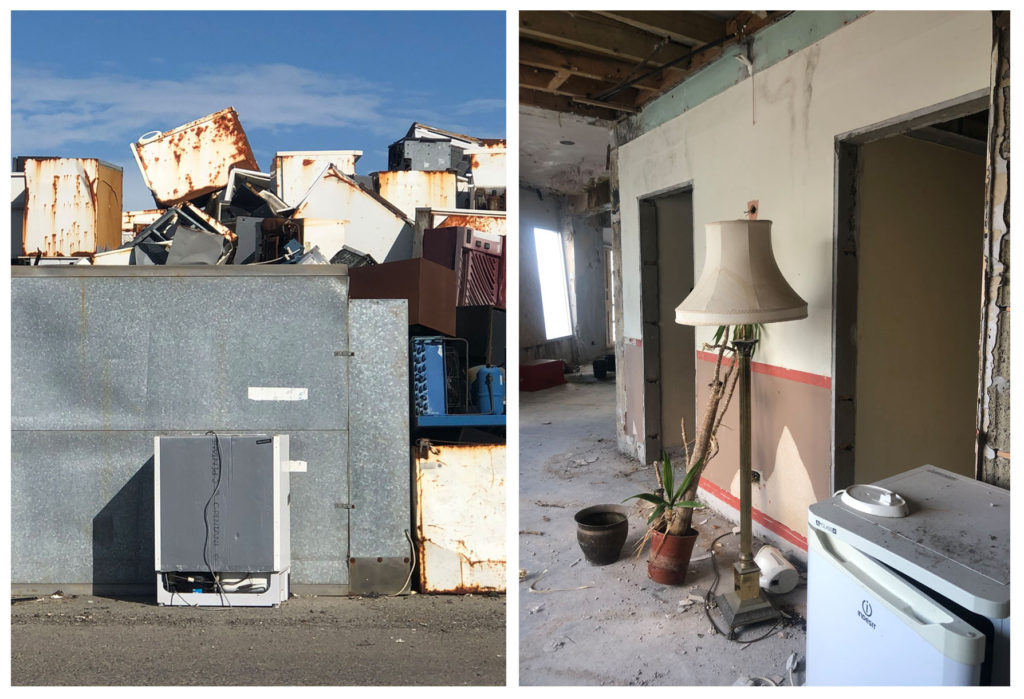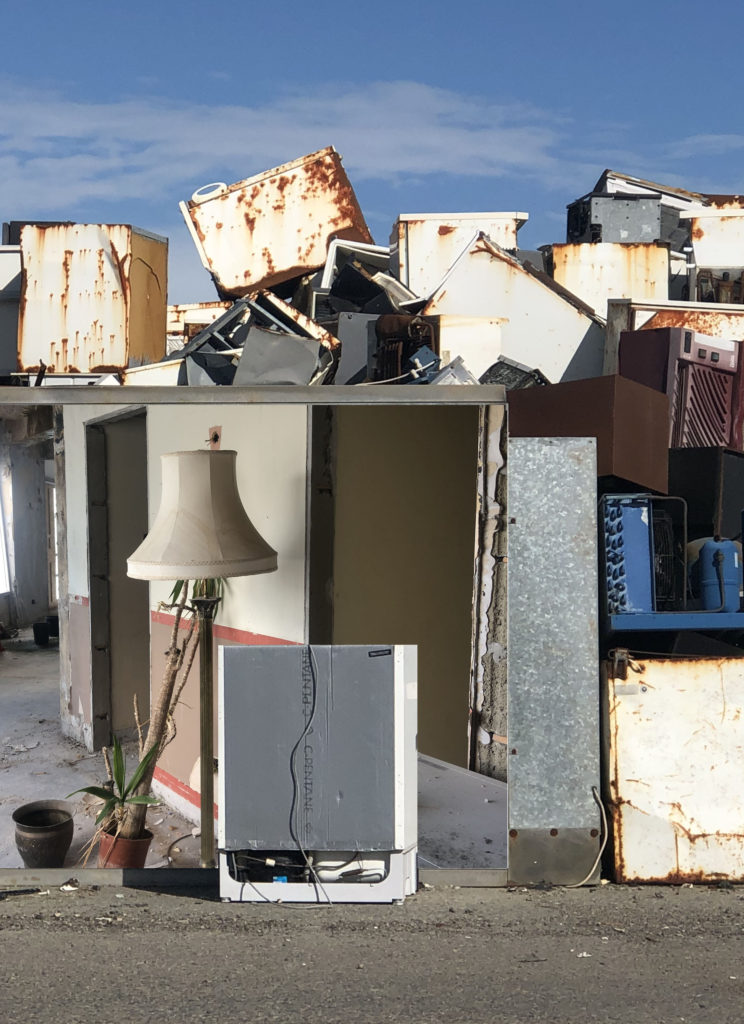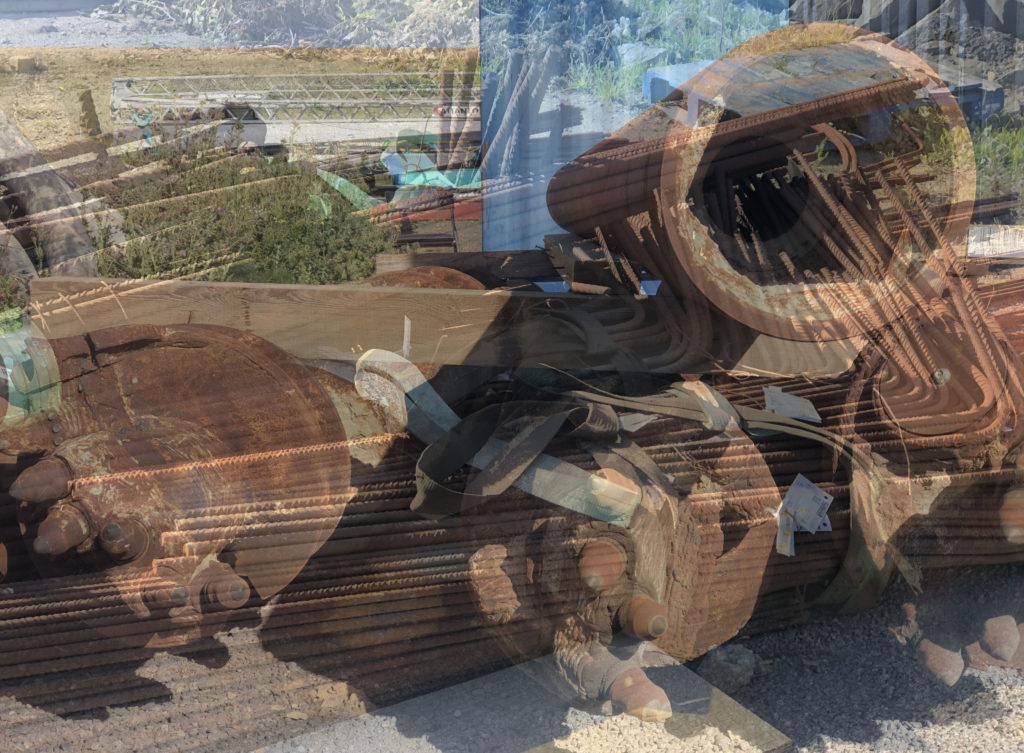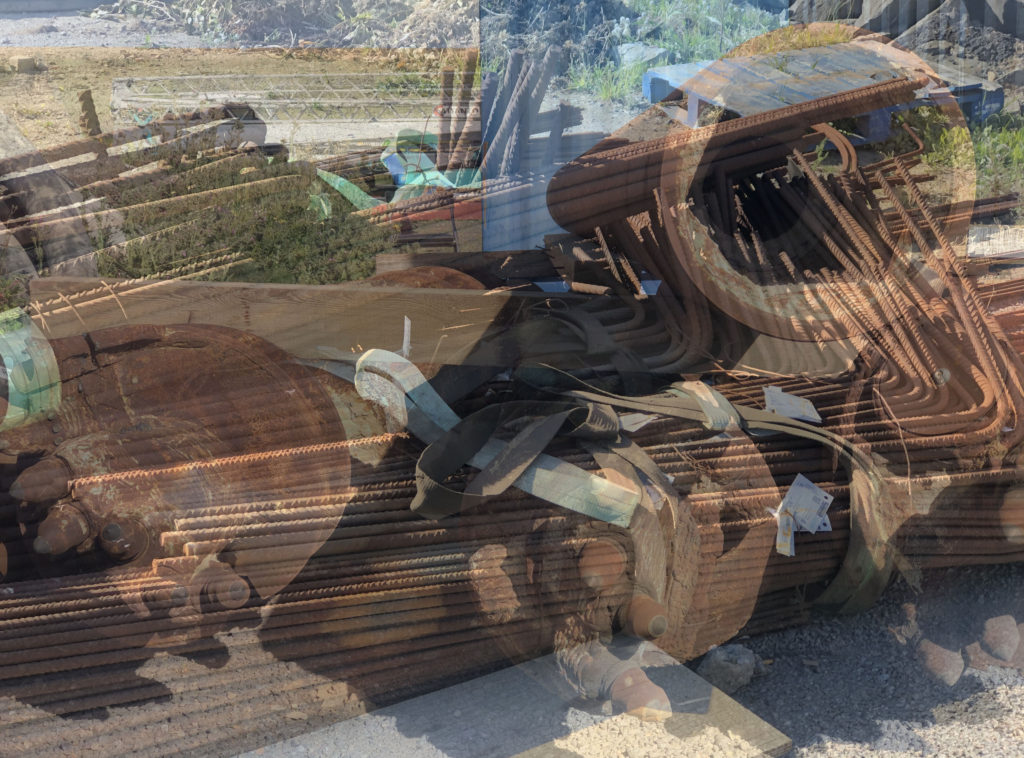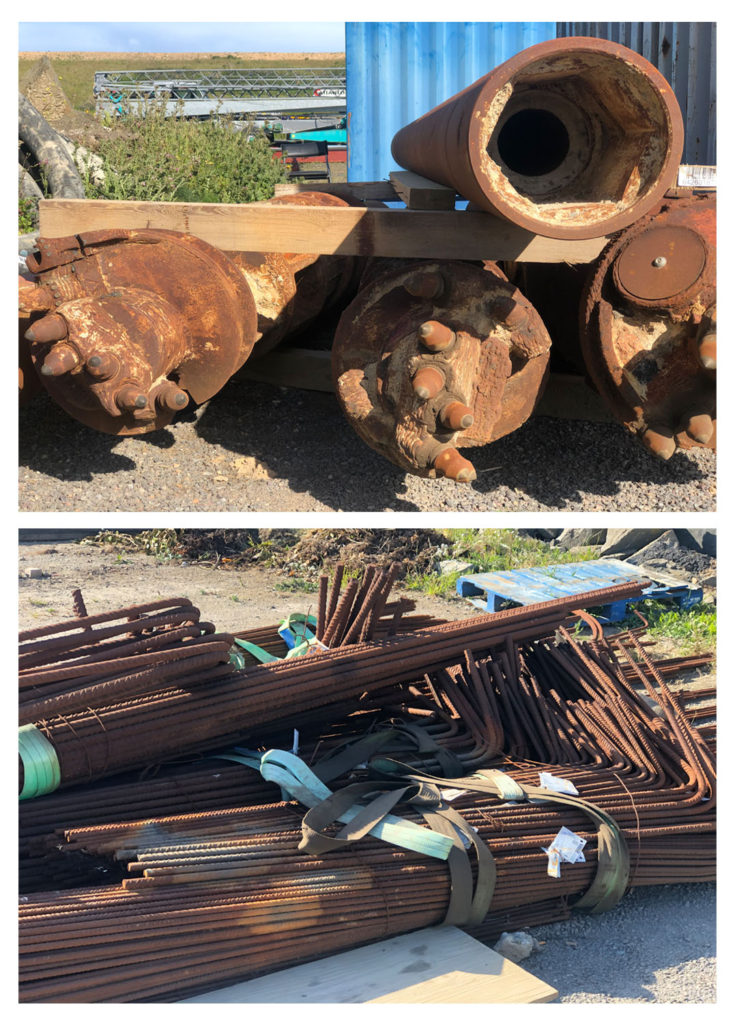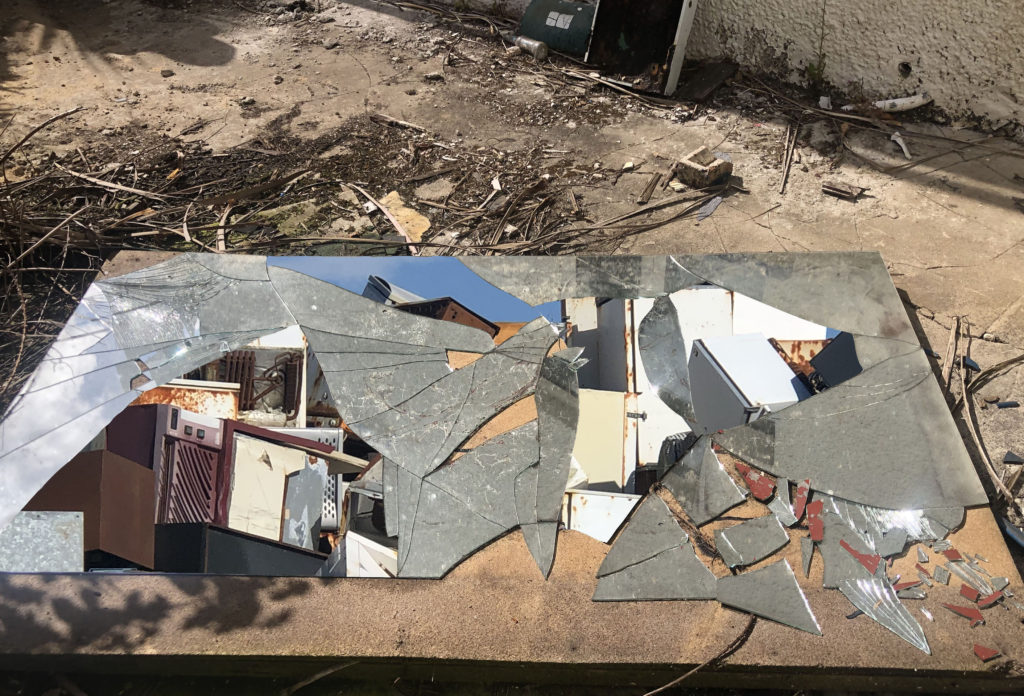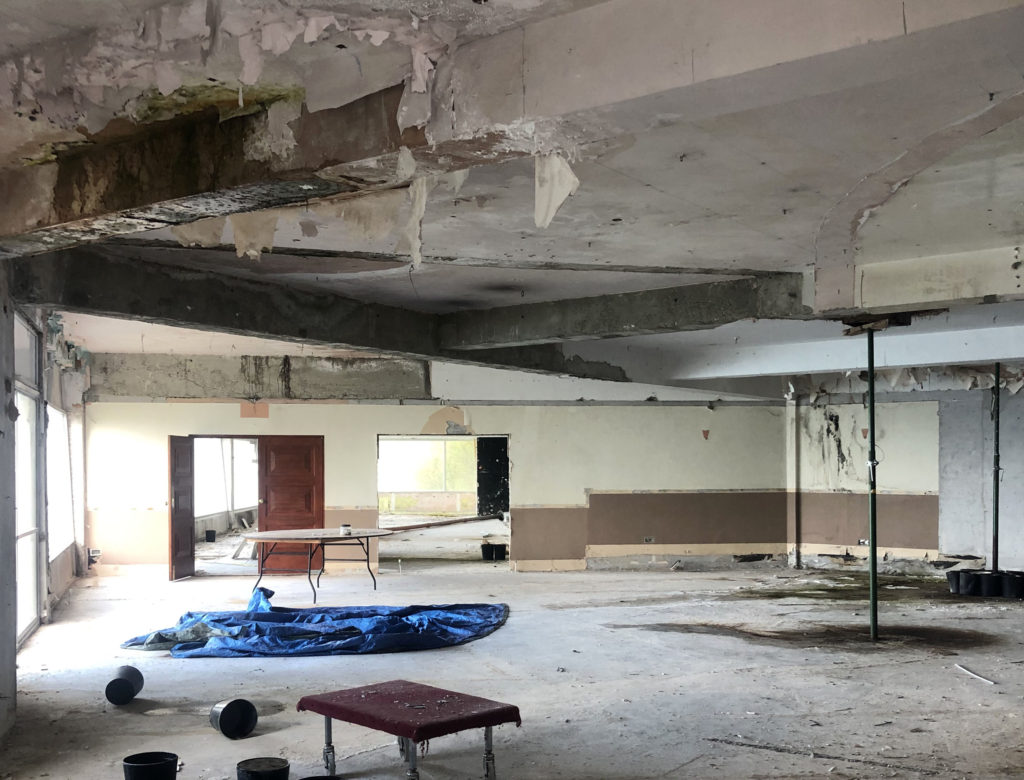Storyboard


What is a storyboard?
A storyboard is a graphic organizer that plans a narrative. Storyboards are a powerful way to visually present information; the linear direction of the cells is perfect for storytelling, explaining a process, and showing the passage of time. At their core, storyboards are a set of sequential drawings to tell a story. By breaking a story into linear, bite-sized chunks, it allows the author to focus on each cell separately, without distraction. Depending on the source, either Howard Hughes, with the 1930 film, Hell’s Angels, or Walt Disney, with the 1933 animated film, Three Little Pigs, is cited as the father of modern day storyboards. In 1939, Gone with the Wind was the first live-action movie to be completely drawn out on storyboards before filming. The original storyboards showed stories broken up into pieces. Each piece of the story was drawn out on a card or piece of paper and pinned to a board in sequential order. Collaborators were then able to talk about and revise the story by looking at one part at a time, check to be sure it made sense, and plan for the production. Instead of redoing a large-scale drawing when changes were made, a single card could be reordered, redrawn, or even deleted. The ability to make changes easily ahead of time saves a lot of time and money!
Importance of a storyboard
When you storyboard a video you’re setting up a plan for production, including all the shots you’ll need, the order that they’ll be laid out, and how the visuals will interact with the script. The video storyboard is a starting point or suggested thorough line around which you can plan your coverage (all the angles you will shoot of a scene). This really comes in handy when you’re making your video, as it ensures you won’t forget any scenes and helps you piece together the video according to your vision. While it may take you a little while to put your storyboard together, in the long run it will save you time in revisions later. Not only will it help you explain your vision to your team, but it will also make the creation process go more smoothly.






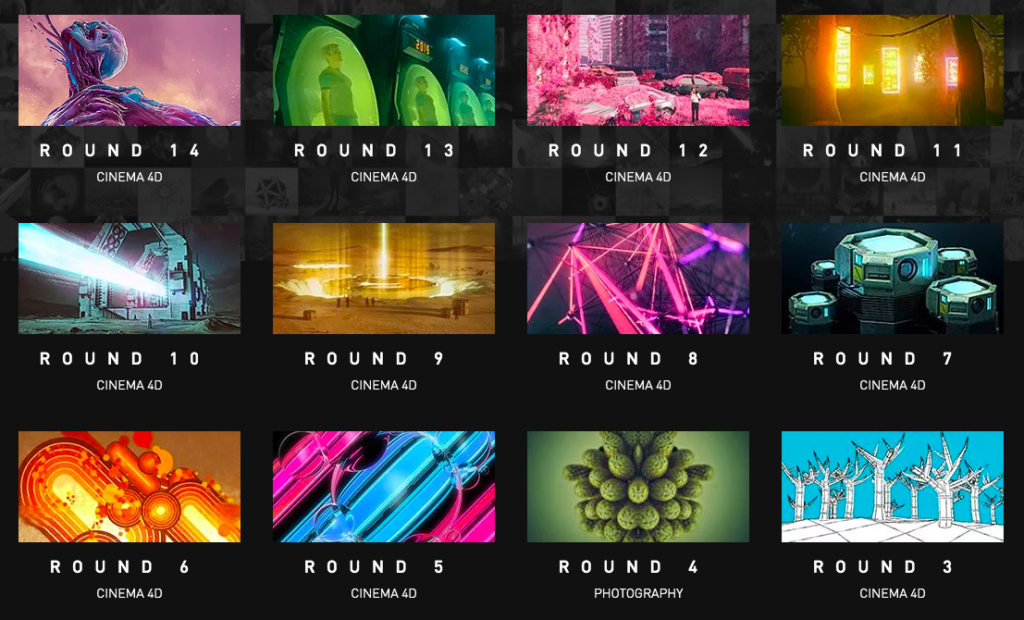
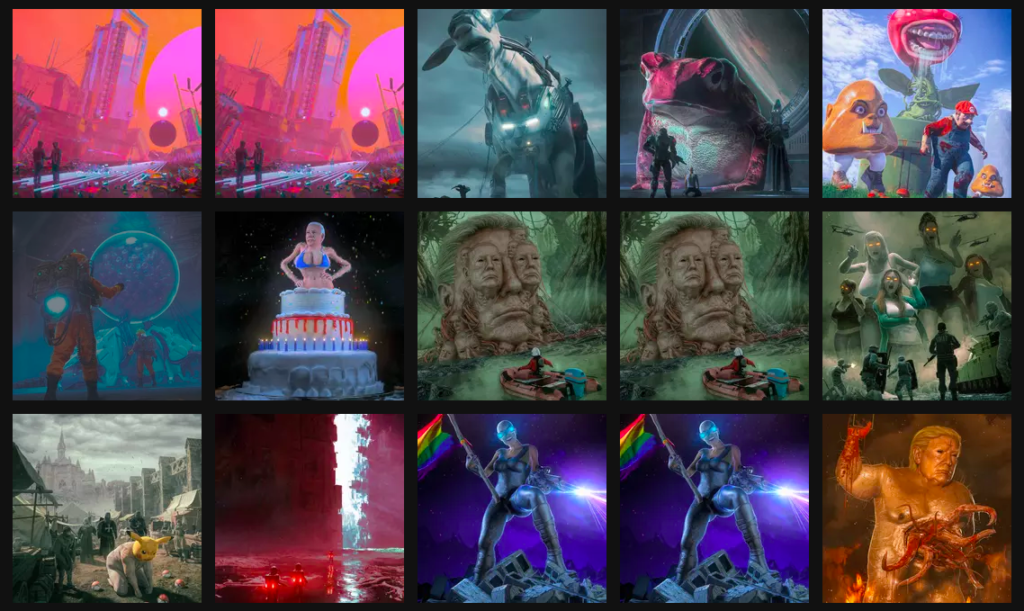
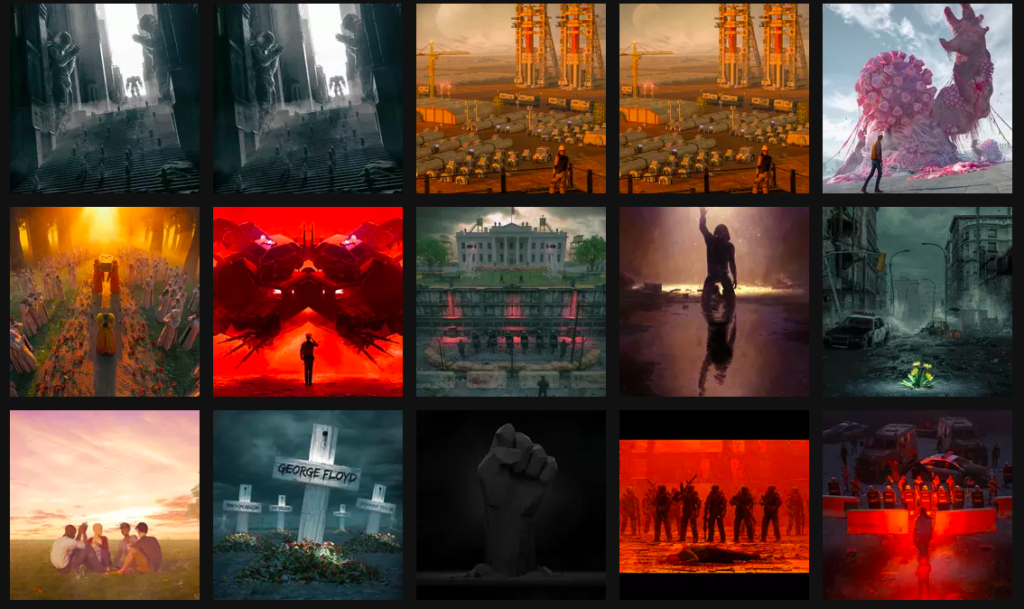
:no_upscale()/cdn.vox-cdn.com/uploads/chorus_image/image/68948366/2021_NYR_20447_0001_001_beeple_everydays_the_first_5000_days034733_.0.jpg)
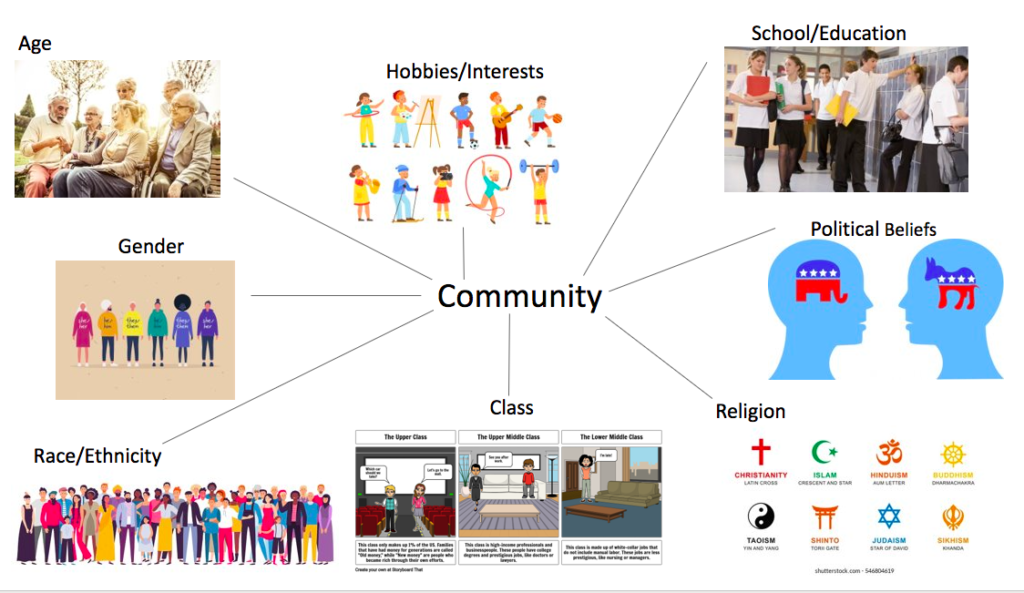



/cdn.vox-cdn.com/uploads/chorus_asset/file/22506332/cryptopunks_9_punks_larva_labs_nfts_at_christies_new_rvs_0409.jpg)

